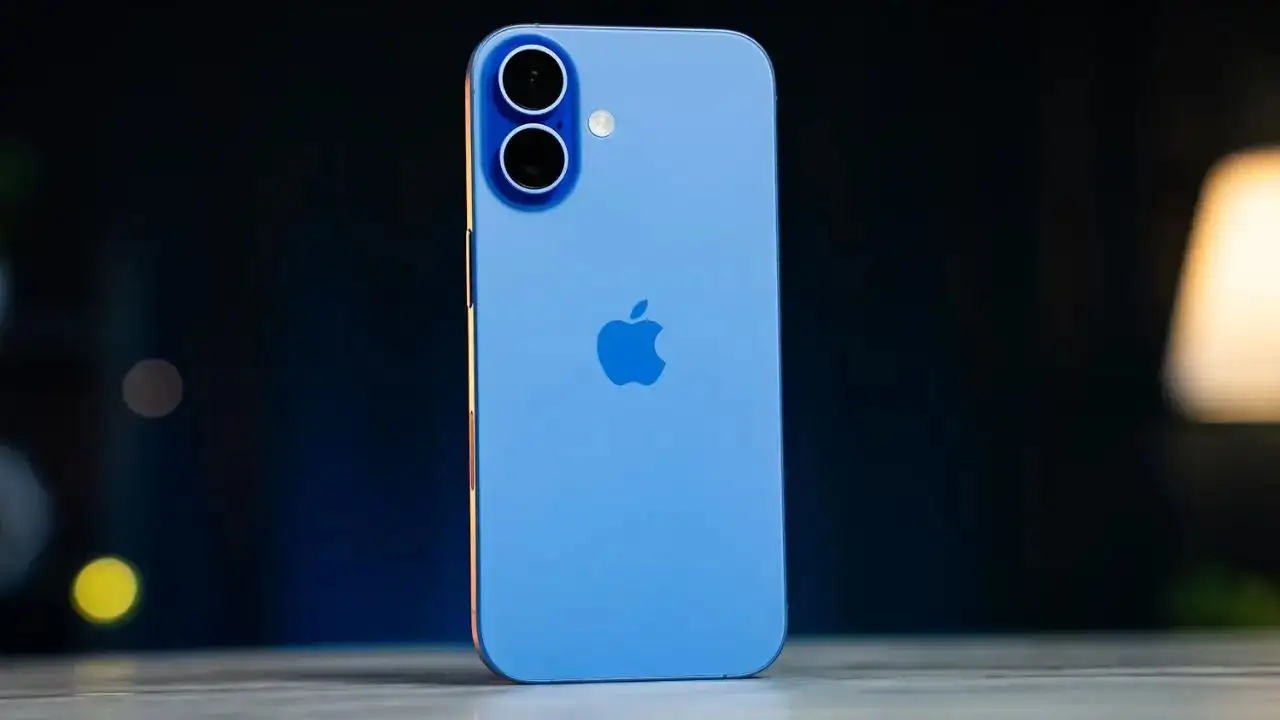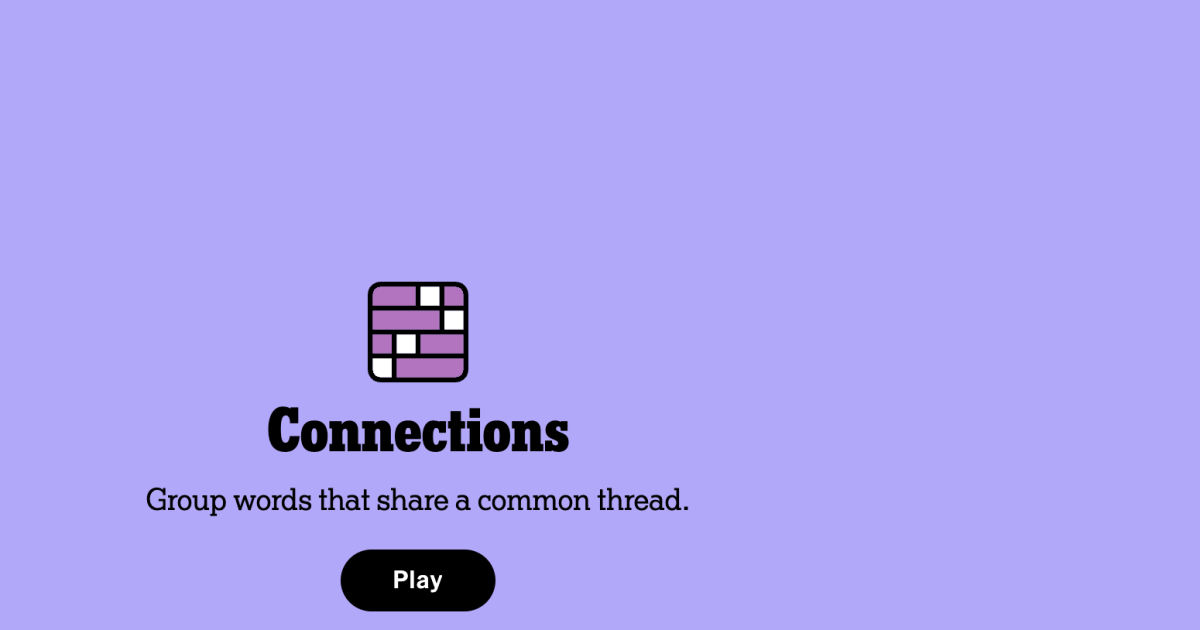Copyright The New York Times

In one fake image, President Trump cosplays as the pope. In another, he looks on as agents arrest Barack Obama. In a third, he stands atop a mountain, having conquered Canada. The era of A.I. propaganda is here — and Trump is an enthusiastic participant. He has posted A.I. items dozens of times on his Truth Social account, according to a review by The Times. Over the weekend, he posted a video in which he flies a fighter jet and dumps excrement on protesters. Trump’s use of the tech has evolved alongside the tools, which have rapidly improved from producing obviously fake images in 2022 to more lifelike renderings — including video and audio — this year. The content is easy to create by typing descriptions of what you want into A.I.-generating tools. Some videos use multiple A.I. tools, such as a video of Robert De Niro that Trump shared last year: Someone replaced the actor’s lip movements with A.I.-rendered manipulations to match a voice sound-alike. Political experts say that even the most anodyne uses of A.I. by the president normalize these tools as a new type of political propaganda. “It’s designed to go viral, it’s clearly fake, it’s got this absurdist kind of tone to it,” said Henry Ajder, who runs an A.I. consultancy. “But there’s often still some kind of messaging in there.” It redefines — or in some cases discards — the idea of being “presidential.” In the posts, he does a TikTok dance with Elon Musk, depicts a political rival as fat or wins the Nobel Peace Prize. The White House has responded to questions over Trump’s use of A.I. imagery by describing it as part of his successful social media strategy. “No leader has used social media to communicate directly with the American people more creatively and effectively than President Trump,” Liz Huston, the White House’s assistant press secretary, said on Friday in an emailed statement. “The more ridiculous the photo or video, the more likely it is to dominate our news feeds,” said Adrian Shahbaz, vice president for research and analysis at Freedom House, a nonprofit focusing on democracy and liberty around the world. “A controversial post gets shared by people who enjoyed it and people outraged by it. That’s twice the shares.” In office, Trump’s use of A.I. became more sophisticated. It’s not clear whether Trump posts the imagery or lets his staff members do so. But he likes to joke about policy issues. When he appointed himself as the head of the Kennedy Center for the Performing Arts, he published an image depicting himself as a conductor. Attack formation Trump has also skewered opponents. During his campaign, he visualized the supposed effects of “open borders,” contrasting two A.I. images: one an idyllic scene, the other an overcrowded one with trash piled out in the open. After the government shut down over a funding fight this month, Trump cast his budget director as the Grim Reaper. The video was created by a guerrilla messaging outfit loyal to Trump. Its leader, Brenden Dilley, a podcaster and former congressional candidate, declined to comment. But during the re-election campaign, he wrote on X: “The truth no longer matters, all you have to do is go viral.” See more of the images. THE LATEST NEWS Washington Mountaineer: Kilian Jornet gave himself a month to scale, by foot and by bike, the 72 tallest peaks in the contiguous United States. See how he did it. Testosterone: Some middle-aged women talk about the hormone like a miracle drug that supercharged their libidos. But the side effects can be serious. Lives Lived: In the 1960s and ’70s, Stephanie Johnson was a busy burlesque dancer in New York City. “I danced in so many mob clubs that I learned Italian,” she said. Johnson died at 81. SPORTS N.F.L.: The Giants quarterback Russell Wilson called the Broncos coach Sean Payton “classless” after comments the coach made about him. N.B.A.: Michael Jordan made his league debut — in broadcasting. He appeared as a special contributor to the N.B.A. broadcast on NBC on the first day of the season, and he got personal.



